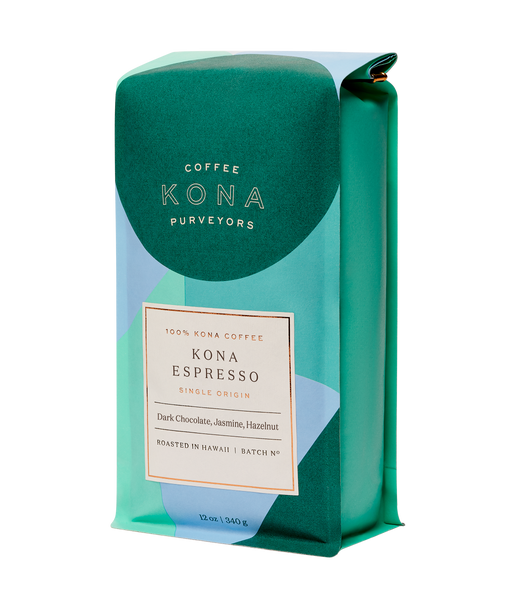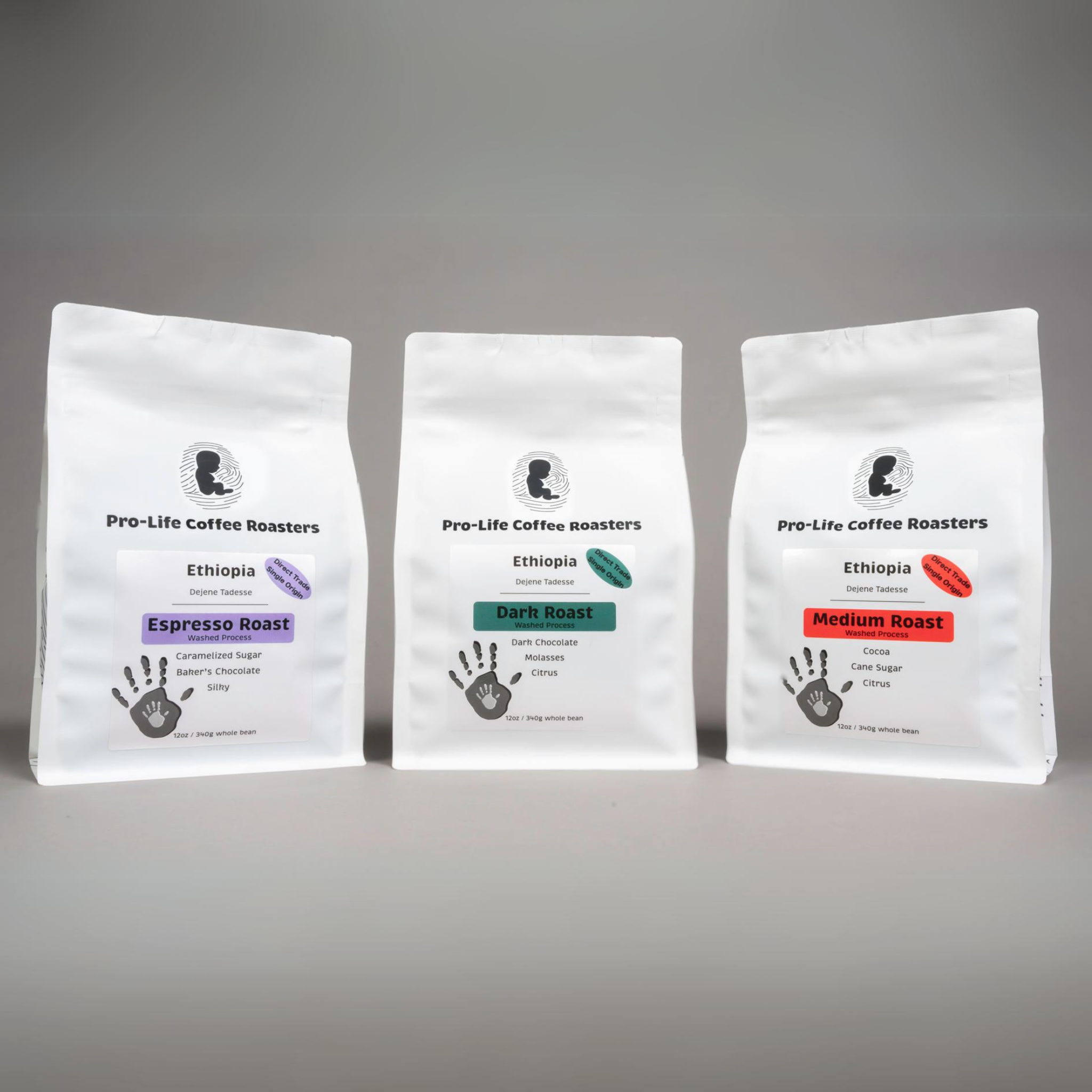Recognizing Coffee Beans: the Trip From Coffee to Blended Coffee Beans

The Beginnings of Coffee: A Global Point Of View
While you could consider coffee as a modern staple, its origins map back centuries, linking with cultures around the world. The tale begins in Ethiopia, where legend says a goat herder named Kaldi discovered the stimulating effects of coffee beans after seeing his goats romping energetically after consuming them. This stimulated passion, resulting in coffee's infect Arab traders who cherished the brewed drink. By the 15th century, it got to Persia, Egypt, and Turkey, where coffeehouses ended up being social hubs for discussion and society.
As trade paths expanded, coffee made its method to Europe in the 17th century, quickly getting popularity. Each culture added its special twist to coffee prep work, enriching its history.
Growing and Harvesting of Coffee Beans
As coffee's trip evolved, the focus moved to the growing and harvesting of certain bean selections, particularly those utilized for coffee. You'll discover that coffee beans typically originate from Arabica or Robusta plants, each offering distinct flavors. The suitable expanding conditions include high elevations and abundant, well-drained dirt, which enhance the beans' high quality.
Throughout the harvest, picking methods differ. Timing is important; you want to collect when the cherries reach peak ripeness for maximum flavor.
Once collected, the beans are planned for processing, which is important in determining their last taste. Understanding the farming and gathering processes provides you insight into what enters into your preferred espresso, improving your recognition for each mug.
Handling Methods: From Cherry to Bean
Since you've found out about gathering espresso beans, allow's check out how those cherries change into the coffee beans you love. You'll see just how different harvesting strategies effect flavor, adhered to by the crucial actions of fermentation and drying. We'll break down the milling and grading procedure that identifies your coffee's quality.
Harvesting Techniques Discussed
When it comes to coffee, recognizing harvesting techniques is vital, since they directly affect the flavor and top quality of the beans you appreciate. Discerning selecting entails hand-picking just ripe cherries, ensuring you obtain the finest quality beans. Eventually, the choice of harvesting method can substantially affect your coffee experience, so it's worth recognizing how those beans made it to your cup.
Fermentation and Drying
After gathering, the following actions in processing coffee beans play a substantial function in forming their flavor. You'll locate that fermentation is important, as it aids damage down the mucilage surrounding the beans, enhancing their preference account. Depending on the approach, this process can last from a few hours to a number of days, with differing outcomes based on temperature level and moisture.
Once fermentation is full, drying out complies with, which is equally vital. You can select from mechanical or sun-drying drying out techniques. Sun-drying allows the beans to soak up flavors from the setting, while mechanical drying guarantees regular wetness levels no matter weather condition. Proper drying out is crucial to stop mold and maintain the beans' top quality, ultimately affecting your cup of coffee.
Milling and Grading Process
As fermentation and drying set the phase for flavor advancement, the milling and grading process warranties that just the finest coffee beans make it to your cup. This stage involves eliminating the external layers of the coffee cherry, including the parchment and husk. Top notch beans obtain a greater quality, resulting in a richer coffee experience.
Toasting Strategies: Opening Taste Possible
When you roast coffee beans, the approach you pick can significantly affect the flavor profile. Understanding the relationship in between time, temperature level, and toasting strategies is vital to disclosing the possibility of your mixture. Let's check out exactly how these aspects come with each other to produce the best mug.
Roasting Techniques Clarified
While you might think that all coffee toasting techniques yield the exact same results, the reality is that each technique exposes one-of-a-kind flavor possibilities in the beans. Drum roasting utilizes a rotating drum to uniformly disperse heat, boosting caramelization and producing a well balanced taste. Air roasting, on the other hand, flows hot air around the beans, promoting a lighter roast with obvious acidity.

Influence On Taste Account
Different roasting techniques not just affect the process however likewise substantially influence the taste account of the coffee beans. Dark roasts, on the various other hand, bring out vibrant, great smoky tastes, occasionally masking the bean's distinct qualities. Comprehending these subtleties helps you appreciate the creativity behind your cup of coffee, enhancing your overall experience with every sip.
Time and Temperature Level Variables
To launch the complete flavor capacity of coffee beans, both time and temperature throughout the toasting procedure play considerable roles. When roasting, you'll discover that higher temperature levels can rapidly establish flavors, but if you rush it, you could finish up with burned notes. Conversely, lower temperatures permit a much more progressive taste development, showcasing the beans' special characteristics.

Timing is equally as essential; extending the roast also long can result in a loss of level of acidity and illumination, while too brief a roast might leave the beans underdeveloped. Discovering that pleasant area needs practice and experimentation. By changing these aspects, you can reveal the abundant, complex tastes hidden within each bean, producing a really impressive coffee experience.
The Art of Mixing: Crafting Unique Coffee Accounts

Begin by choosing a base coffee that supplies a solid foundation. A brilliant Ethiopian bean can bring fruitiness, while a rich Brazilian coffee adds body.
As you blend, keep in mind that each combination narrates. You're not simply making coffee; you're developing an experience. Take your time, taste frequently, and take pleasure in the trip of finding your trademark mix - Single Origin Espresso.
Brewing Methods: How Preparation Impacts Taste
Mixing more information coffee opens up a domain name of taste opportunities, but just how you make that blend can significantly influence your last mug. Different developing techniques draw out one-of-a-kind flavors and scents, so it's crucial to select sensibly. A French press allows oils and sediments to continue to be, developing an abundant, robust experience. On the various other hand, a pour-over highlights the coffee's quality and brightness, ideal for showcasing fragile notes.
Espresso, with its high stress, creates a concentrated shot that emphasizes sweet taste and crema. If you choose a lighter brew, take into consideration a cool mixture approach; it produces a smooth, much less acidic preference.
Eventually, testing is crucial. Adjusting variables like water temperature, grind size, and brew time can transform your coffee's account. So, embrace the art of brewing to uncover the flavors concealed in your coffee blends. The right approach can elevate your experience to brand-new heights.
The Future of Coffee: Sustainability and Development
As the coffee sector evolves, sustainability and advancement are coming to be essential for addressing environmental difficulties and conference customer demands. You'll discover that even more coffee firms are adopting environment-friendly techniques, from sourcing beans ethically to executing lasting farming strategies. These changes not just help the planet however likewise improve the top quality of the coffee you enjoy.
You might see developments like naturally degradable product packaging and water-saving developing approaches that lower waste. Advanced technology, such as blockchain, is also becoming popular, guaranteeing transparency in the supply chain, which enables you to trace your coffee back to its origins.
On top of that, investing in regional neighborhoods and supporting farmers with fair trade initiatives fosters a more sustainable coffee ecosystem. As you sip your next mug, bear in mind that your selections can add to a brighter future for coffee. By selecting sustainable brands, you're not just taking pleasure in a drink; you're making a positive influence on the world.
Often Asked Concerns
What Is the Difference Between Arabica and Robusta Beans?
Arabica beans are smoother, sweeter, and have a higher level of acidity, while robusta beans are stronger, more bitter, and have even more caffeine. When brewing your coffee., you'll notice these distinctions in flavor and fragrance.
Exactly How Does Elevation Affect Coffee Bean Taste?
Altitude influences coffee bean flavor considerably. Greater elevations generate beans with brighter acidity and facility flavors, while lower elevations commonly yield beans that are larger and less nuanced. You'll notice these distinctions in your cup!
What Are the Wellness Advantages of Alcohol Consumption Coffee?
Consuming coffee can increase your energy, enhance mental emphasis, and even boost physical performance. It's rich in antioxidants, might lower the threat of particular illness, and can promote a much healthier metabolic rate when eaten in moderation.
Can Coffee Beans Be Recycled for Developing?
Yes, you can reuse coffee beans for developing, yet the taste may be weaker. If you delight in experimenting, attempt reusing them in different means, like chilly brews or including to shakes for an extra kick.
How Should I Store Coffee Beans for Quality?
To keep your coffee beans fresh, save them in an airtight container in an awesome, dark place. Stay clear of subjecting visite site them to moisture, warm, or light, as these variables can rapidly degrade their taste and aroma.
Understanding Coffee Beans: the Journey From Espresso to Blended Coffee Beans.
Currently that you have actually found out regarding gathering coffee beans, let's Visit This Link check out exactly how those cherries change into the coffee beans you like.When you roast coffee beans, the method you select can drastically influence the taste profile - Single Origin Espresso.While you may assume that all coffee toasting methods yield the very same outcomes, the truth is that each technique reveals unique flavor potentials in the beans.Different roasting techniques not just influence the process yet additionally greatly affect the flavor profile of the coffee beans